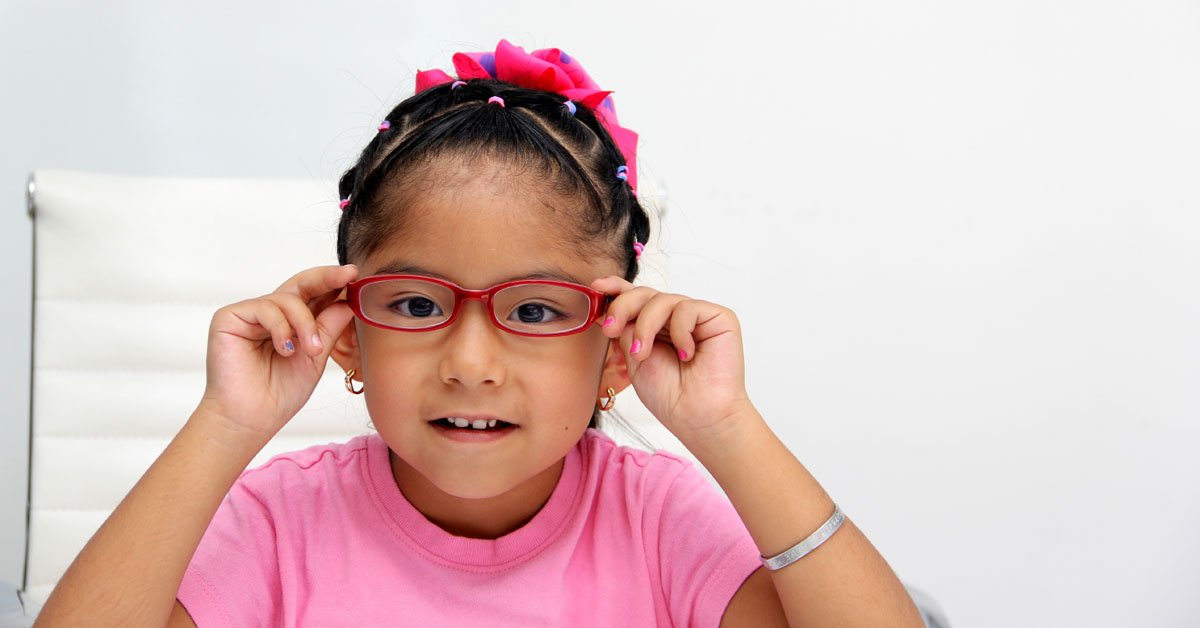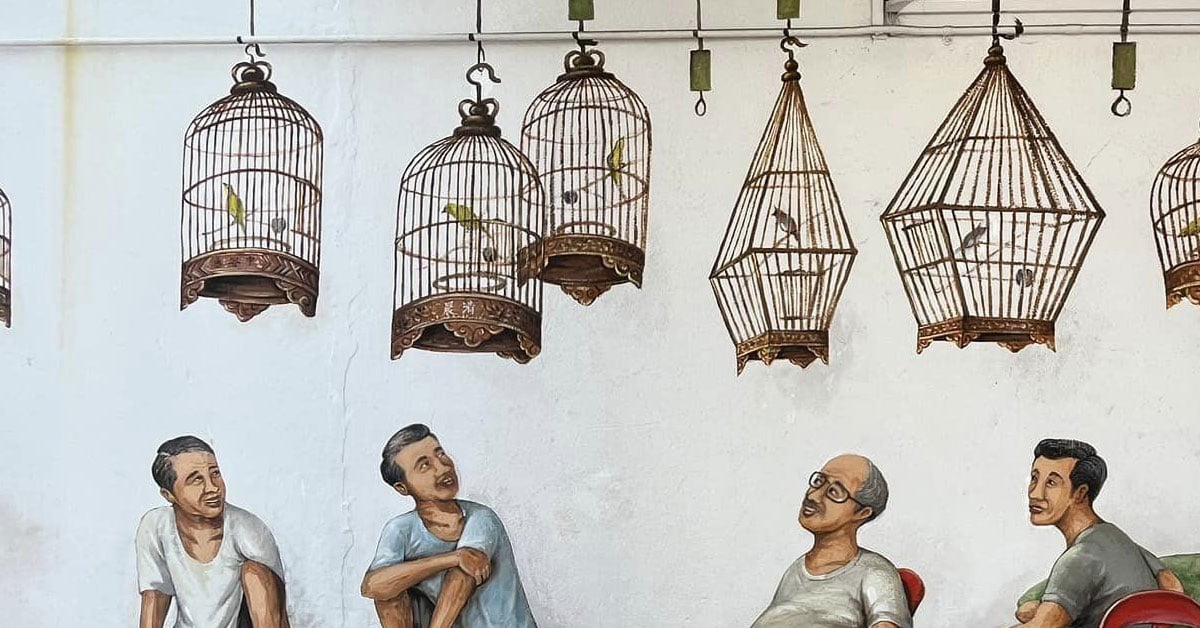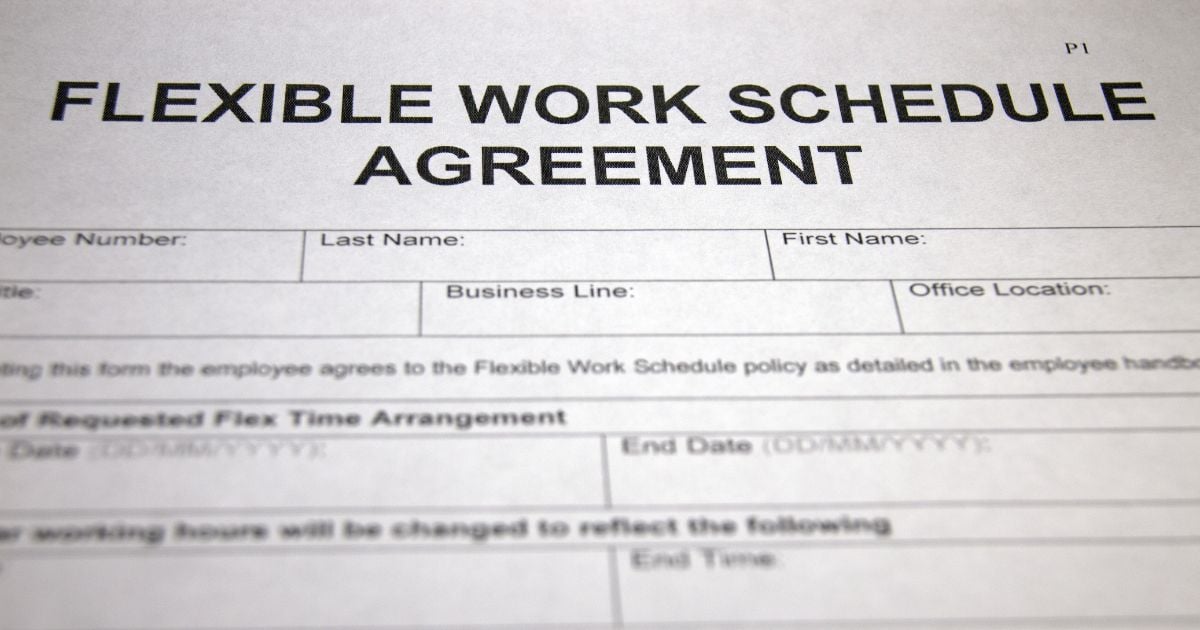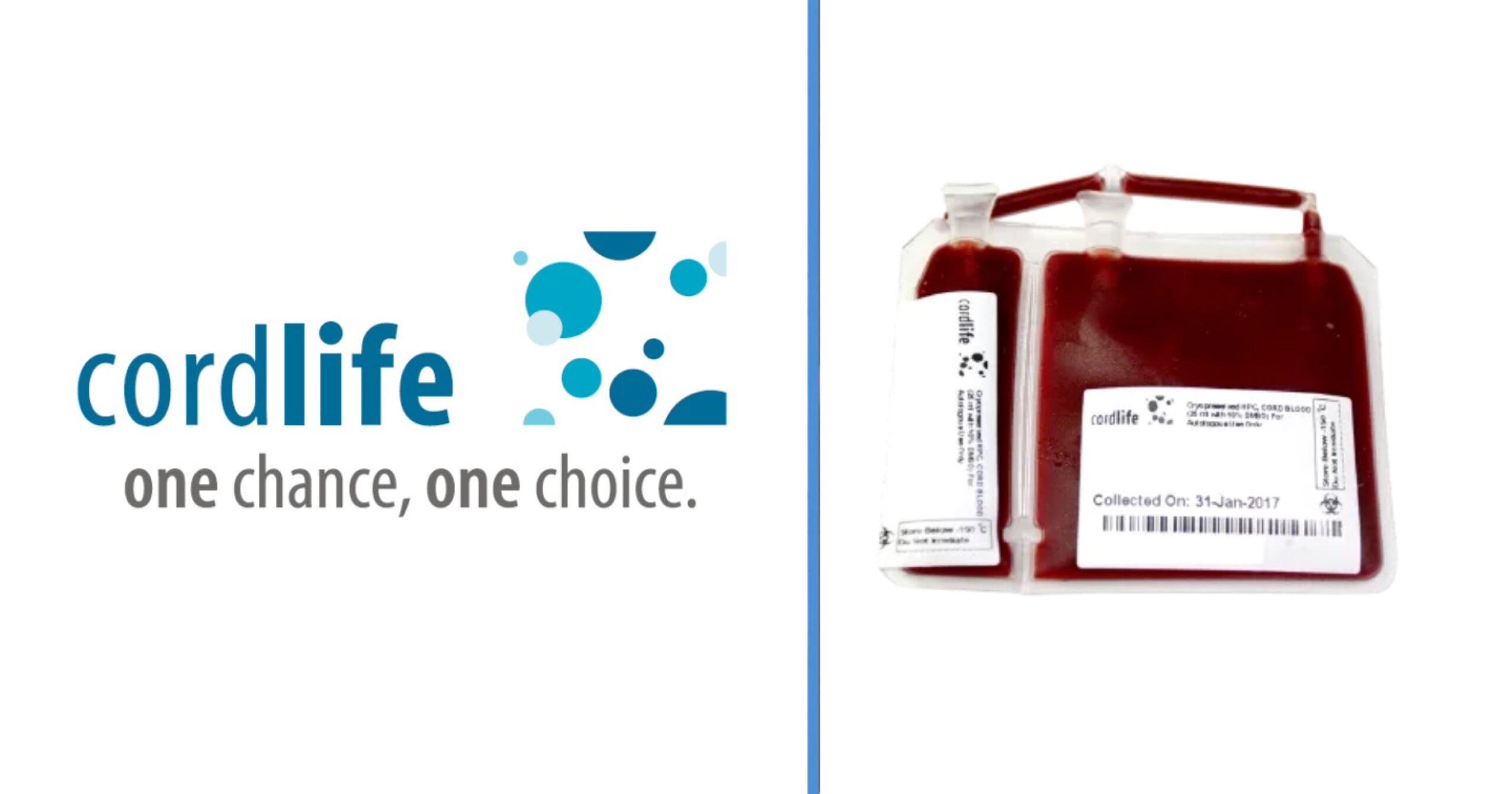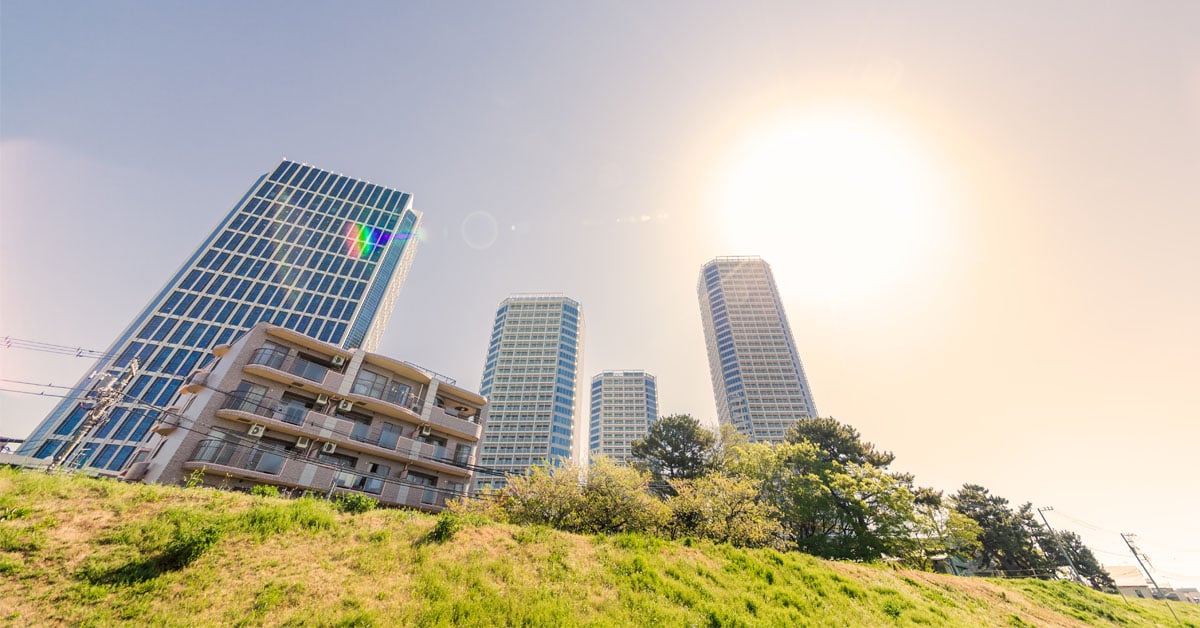Not only is Singapore referred to as the “clean and green city” or the “little red dot”, but we are also known as the “Myopia Capital of the World”.
Compared to the other two labels, being called the Myopia Capital of the World is most definitely not a compliment.
We have already been called the Most Overworked Country, we don’t need more unflattering titles, thanks.
Studies done about Singapore and myopia prevalence have remained consistent:
In 2001, research into whether differences in education levels would affect the variation in myopia prevalence and severity in young male adults in Singapore was carried out, and results showed that Singapore had 79.3% myopia prevalence, which is one of the highest in East Asia.
The Chinese have the highest rate of 82.2%, Indians comes second with 68.7%, while Malays are at 65%.
The statistics are not nice to look at, but it is what it is.
Notably, the culture of education does underscore myopia prevalence.
In 2019, the Ministry of Health (MOH) noted that 65% of Singaporean children were myopic by Primary 6, and 83% of our young adults were myopic.
The Ministry also predicted that by 2050, around 80 to 90% of all Singaporean adults will be myopic, and 15 to 25% of these people might have high myopia.
High myopia is defined as myopia of 6.00 diopters (600 degrees) or greater in each eye.
Complications With Myopia
Why is this a cause for concern when myopia can be easily corrected with spectacles, contact lenses, and Lasik surgery, you might ask?
Besides how costly these correction tools and surgery are, myopia causes irreversible changes to our eyes, and not just the near-sighted kind.
Blurred vision is just the most obvious consequence, but that is not all.
As myopia progresses, it may result in axial length elongation. In simpler terms, the length of the eye becomes longer.
And the longer the axial length is, the higher the risk of gaining many disorders later in life.
Another irreversible change is retinal stretching… and possible retinal tears and retinal detachment.
There are also a baker’s dozen of eye complications to contend with, such as early cataracts, macular degeneration, and glaucoma, all of which may lead to blindness.
Childhood Myopia
According to optometrists, finding out about myopia and correcting the vision impairment is just the first of many steps.
Rather than just correcting, myopia needs to be managed, especially for children.
It is important to start early, as myopia tends to start and progress through childhood, before stabilising in late teenage years.
In a 2019 study published in the journal Optometry and Vision, each diopter increases the child’s risk of developing myopia-related complications in the future, if the progression is not controlled at a young age.
Vision problems can also hold back a child’s learning, as experts estimate that about 80% of what a child learns in school is presented visually.
Which is true, considering how we are staring at our textbooks, illustrations, and projector screens most of the time, to say nothing of tertiary education where we access most of coursework through laptops.
Parents can tell if their child’s myopia is progressing too quickly if their condition worsens by 75 to 100 degrees per year.
Slowing Down The Progression
One of the reasons why Singapore has the highest prevalence of myopia is partially related to education, or rather, the practices surrounding our education.
200 minutes or more spent under bright outdoor sunlight can actually help decrease the likelihood of myopia.
This is because outdoor light, which can provide a protective effect, cannot be easily replicated indoors.
However, children are often spending most of their time in dimly lit classrooms. Too little light can lead to elongated, short-sighted eyes.
What’s more is that Singapore has a strong cultural emphasis on the value of education; after the children are done with school, they typically attend private tutoring in the late afternoons or evenings, and this leaves little time out in the sun.
Then there are the gamers and otakus (hello my people), who prefer the comforts of their own home and online entertainment, who may scream dramatically when their parents draw open the curtains or turn on the light.
Okay, the point is, it’s not just the problem of children staring at their screens too long—“See la, see la, watch TV so close some more la!”—it is a combination of factors, both behavioural and environmental, which leads to myopia progression.
Under Early Childhood Development Agency’s regulations, preschools that provide full-day services are required to provide 60 minutes of physical activity daily, with at least 30 to 45 minutes outdoors thrice a week in the outdoors.
The rest of the duty falls upon the parents and adults.
Sure, parents are encouraged to bring their children out for more outdoor activities, but it is not heavily enforced or practiced in Singapore, probably because no one wants to step on the toes of parents and tell them how they should raise their children.
Nevertheless, there seems to always be the nagging worry among Singaporean parents that their children might be left at a disadvantage in school if they attend less tuition or enrichment classes.
For a moment though, please think about the strain that these additional classes are placing on your children’s eyes and mind?
Therefore, it is recommended that children are involved in regular outdoor activities like sports, games, and walking. Going for frequent family outings to green spaces can be a nice change of pace too.
Eye breaks, limiting book and screen time, can also go a long way in helping slow the progression of myopia.
Other Methods
Besides lifestyle changes, optometrists suggest looking beyond the regular single-vision lens prescriptions.
There are optical intervention treatments like myopia control daily contact lenses which are worn during daytime, or spectacle lenses that can create peripheral defocus.
Another option is orthokeratology, or better known as ortho-K lenses, which are hard lenses that children wear while sleeping to reshape their cornea and provide clear vision the next day.
These treatments are tried and tested, proven to be safe for children and effective in slowing down myopia progression.
Ultimately?
Prevention is always better than cure.
Featured Image: Arlette Lopez / Shutterstock.com
